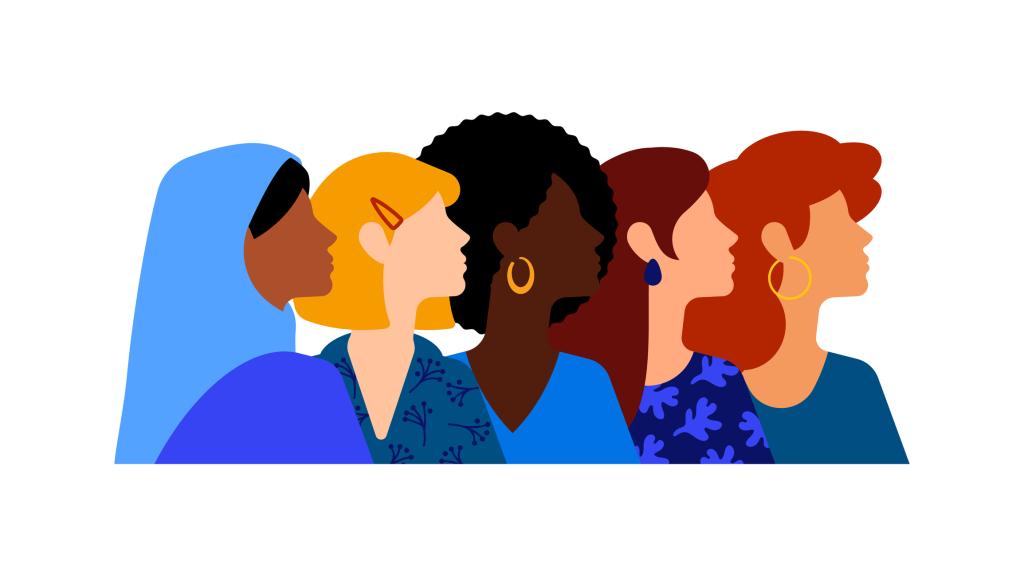The Convention on the Elimination of All Forms of Discrimination against Women (CEDAW) is a milestone in the history of women’s rights. Entering into force in 1981, the convention firmly places women’s inequality in international law in a comprehensive manner. Extraordinarily, 189 countries have ratified it – virtually all of the United Nations’ (UN) 193 members. Yet, 40 years later, women still undergo discrimination.
The constraints of international law in tackling women’s inequality are a highly complex issue. However, I understand that the prevailing liberal perspective and its overreliance on sex differences is a main hindrance preventing the convention from having a more effective impact on women’s lives. In my research, I return to CEDAW’s overlooked drafting history to understand how liberal feminism found its way into the text and pushed other feminist approaches to the margins.
Women have long challenged the idea that their rights were only a matter of national laws. From the first years of the 20th century, female delegates and activists struggled within multilateral organisations – including the League of Nations and the Inter-American Commission of Women – to affirm the status of women as a legitimate international concern. CEDAW is a much-celebrated contribution to their endeavour: it is the first binding international legal instrument aimed at fighting discrimination against women in all its forms.
Eliminating ‘discrimination against women’ is the core of states’ obligations, and they agreed to pursue it – without delay and by all means – considering the whole of women’s experience. Addressing inequality as a complex and interrelated phenomenon, CEDAW legally obliges states to take all the appropriate measures to eliminate discrimination against women, for instance, in the political public life (article 7), education (article 10), employment (article 11), health care (article 12), and in marriage and family relations (article 16).
However, CEDAW proposes tackling discrimination essentially from a liberal feminist perspective. And this is where its fundamental shortcoming lies. See, for instance, how article 1 defines ‘discrimination against women’: “any distinction, exclusion or restriction made on the basis of sex which has the effect or purpose of impairing or nullifying the recognition, enjoyment or exercise by women, irrespective of their marital status, on a basis of equality of men and women, of human rights and fundamental freedoms in the political, economic, social, cultural, civil or any other field”.
This formula is repeated throughout the convention, and men’s lives are used as a measure for women’s equality. Overly relying on sex differences, CEDAW treats women as a homogeneous group that mainly suffer from gender oppression, and hence the removal of barriers that impede them from having the same status as men should suffice.
CEDAW occupies a prominent place in international law – an international bill of human rights for women, in the words of the UN. In this sense, engendering equality, CEDAW contributes to an alleged politically neutral narrative that universalises the experience of white Western women, celebrates liberal feminism as hegemonic, and pushes competing approaches to women’s rights to the margins. Giving little weight to all other multiple oppressions that add to women’s experience, CEDAW reinforces a civilising feminism – a term that I borrow from Françoise Vergès –, one that addresses women’s rights as something alien to other struggles, such as race, class, and imperialism. Women live lesser lives; still, those who find themselves in the intersection of multiple oppressions beyond the gender gap find little remedy in CEDAW.
CEDAW was negotiated amid the Cold War, from 1974 to 1979. In a quest for cultural hegemony, the superpowers relied on the status of women as a measure of national superiority and championed different approaches to women’s rights: the Soviet Union preferred a multi-issue feminism, while the United States advanced a liberal one. The latter prevailed, and it remains hegemonic in international law: liberal-inspired gender reforms are welcomed to the detriment of others.
In dialogue with Gina Heathcote’s work, I use feminist historiography to understand how other approaches to women’s rights, more amenable to including intersectional vectors of oppression beyond gender, were pushed to the peripheries of international law - where they remain still.
On 31 March, Natali will present her research on "The Politics of Women's Rights at the UN: A Transnational Diplomatic History of CEDAW (1974-1979) as part of the Gender Seminar Series.


